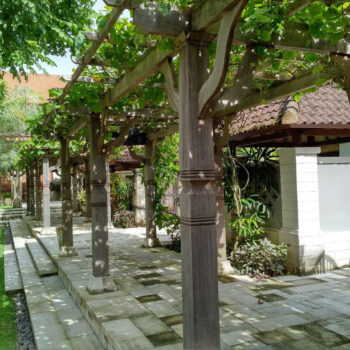
Organizational Coaching and Professional Development: A Valuable Partnership
Principle Three: Bridging/Integration
The learning from the training/education is linked to other ongoing learning that occurs on-the-job and elsewhere (and to past learning) through the coach/ colleague interaction. I conducted a program more than fifteen years ago that involved the training of faculty members in liberal arts colleges throughout the United States to lead a process called “faculty development.” This program, like the Executive Coach Training program mentioned above (Principle Two), was lengthy—involving a series of training programs and practica experiences that extend over a period of 18 months. Many concepts were offered in this program, and participants began using these concepts immediately in their role as directors of faculty development programming on their own college campuses.
A bridging and integration mechanism was clearly needed to bring the learning into the programs on each campus. The presidents and deans of these colleges were unwilling to wait until the end of the 18 month period of time to witness the payoff from their investment of time and money in training their faculty development directors. They wanted immediate use of the training program concepts. Long before organizational coaching had been “discovered” or “invented,” we included a component in the program that, in retrospect, was clearly a combination of performance and executive coaching. This component was specifically intended to bridge between sessions and to accelerate application.
Each participants was assigned a coach (we called them a “consultant” at that time), who had extensive experience in the field of faculty development. The program participant and coach talked on the phone every two to three weeks and met together at each of the quarterly training programs. These coaching sessions enabled the program participants to begin immediately to apply the tools being offered in the training program, as well as integrate concepts across sessions of the training program. They could do the bridging and integration because their coaches were themselves part of the training team. The coaches were involved in all aspects of the training program, and were themselves active faculty development practitioners.
- Posted by Bill Bergquist
- On September 8, 2011
- 0 Comment

Leave Reply